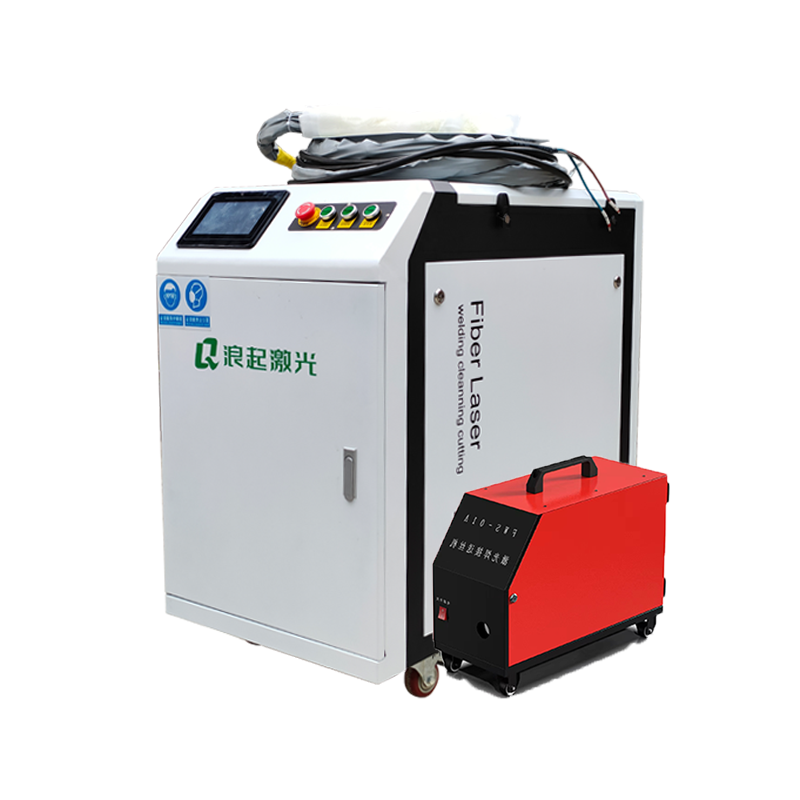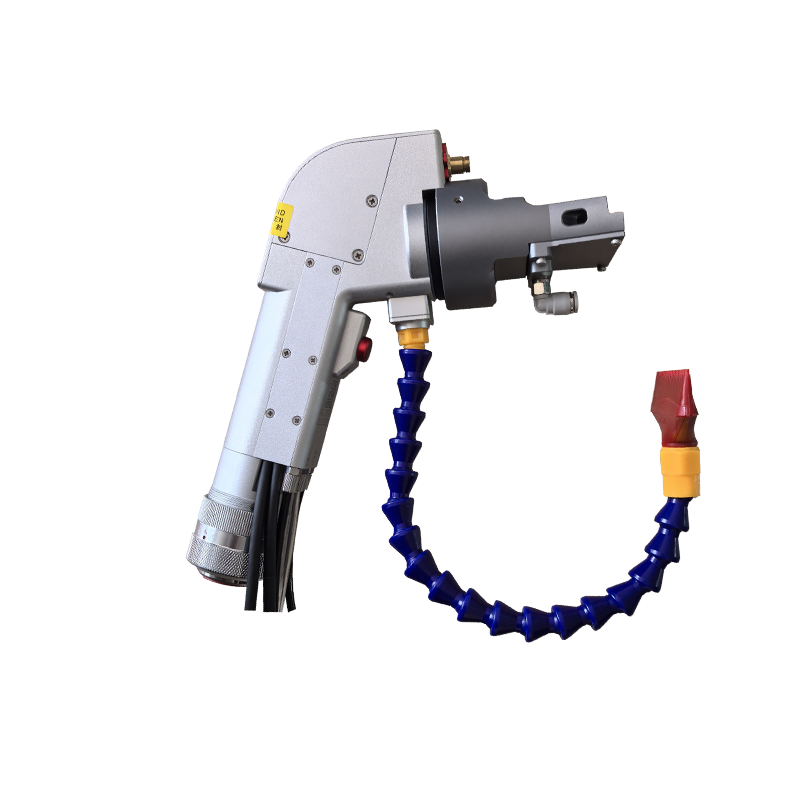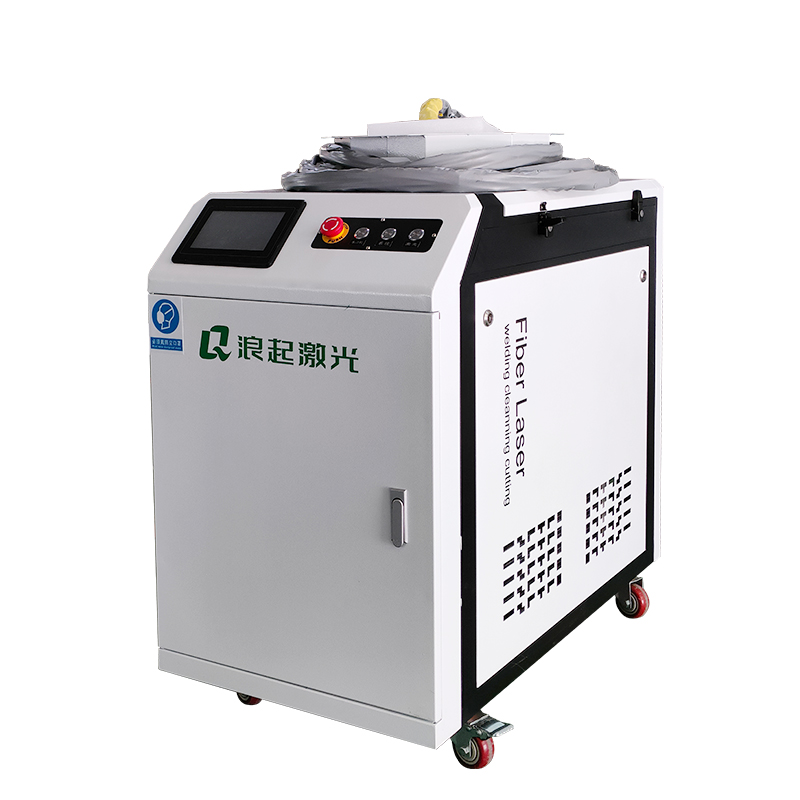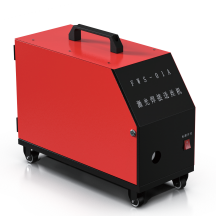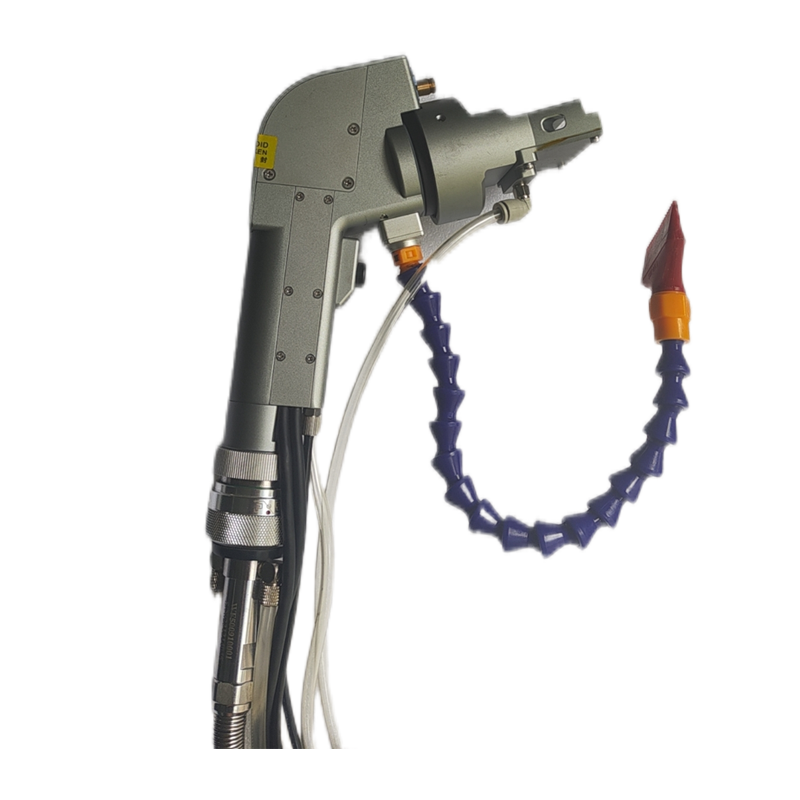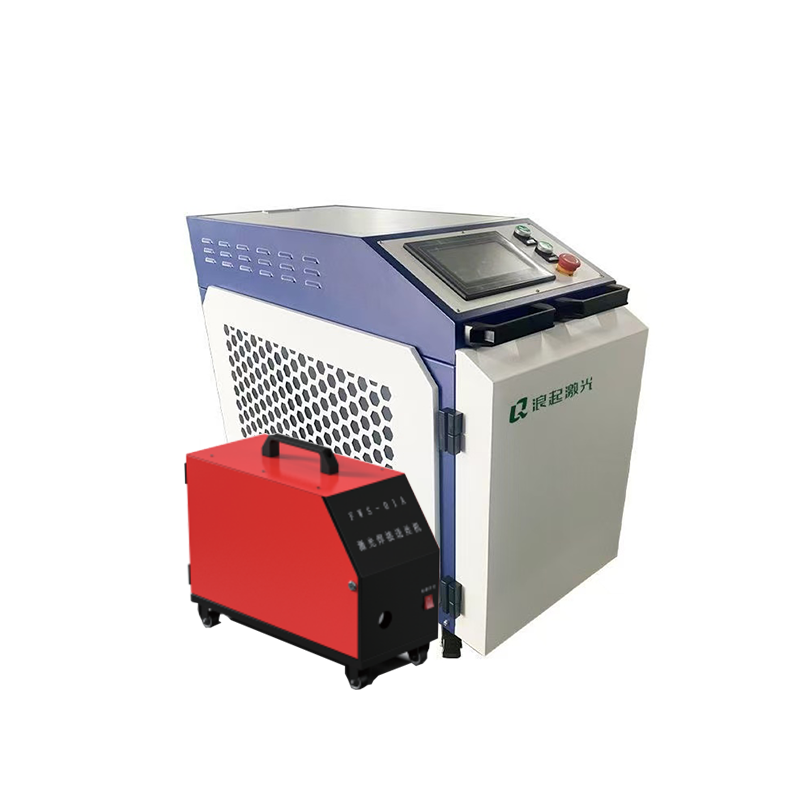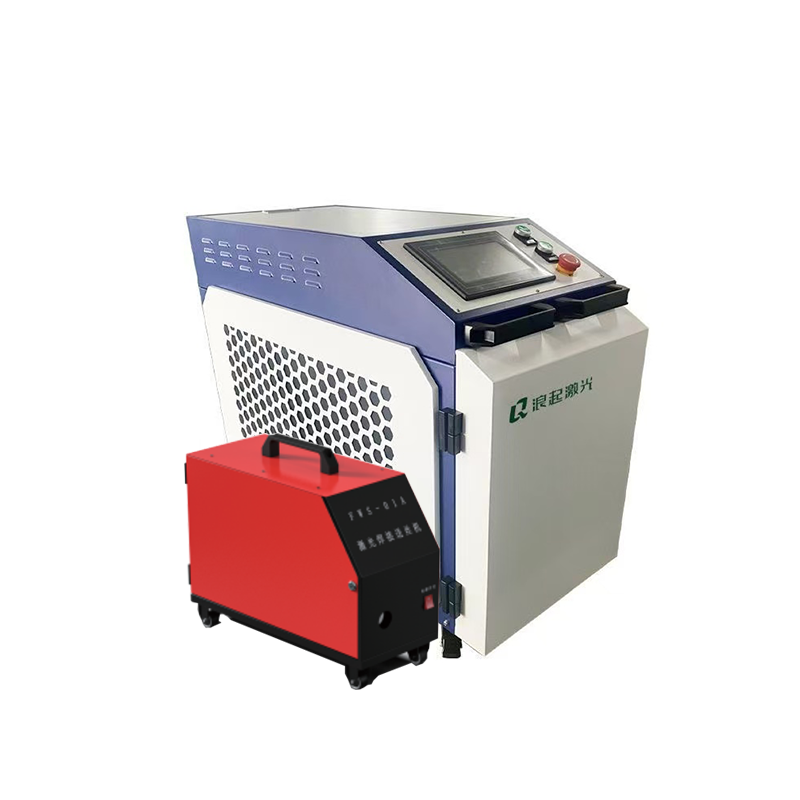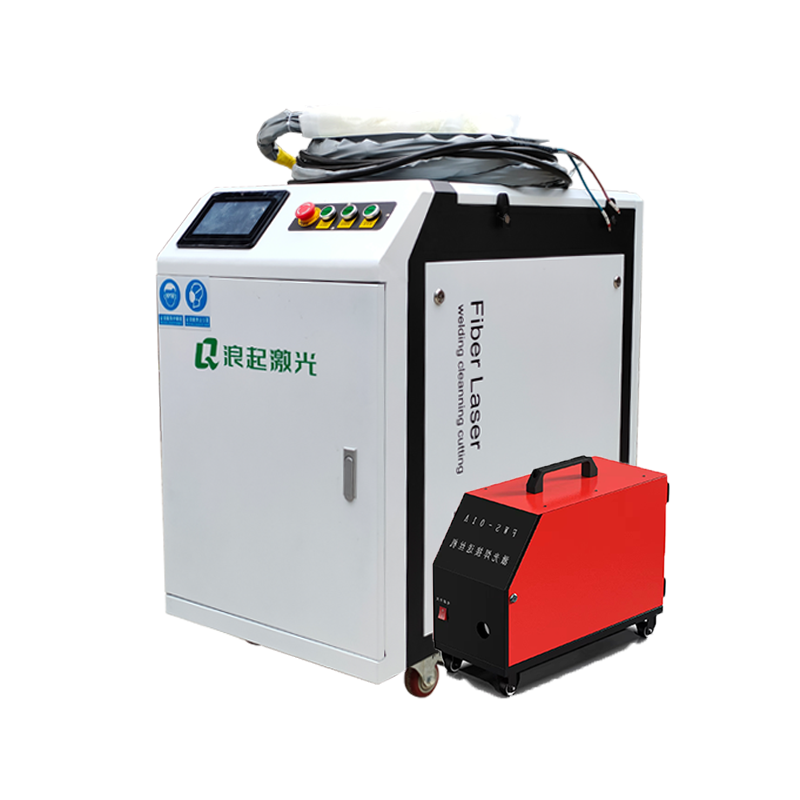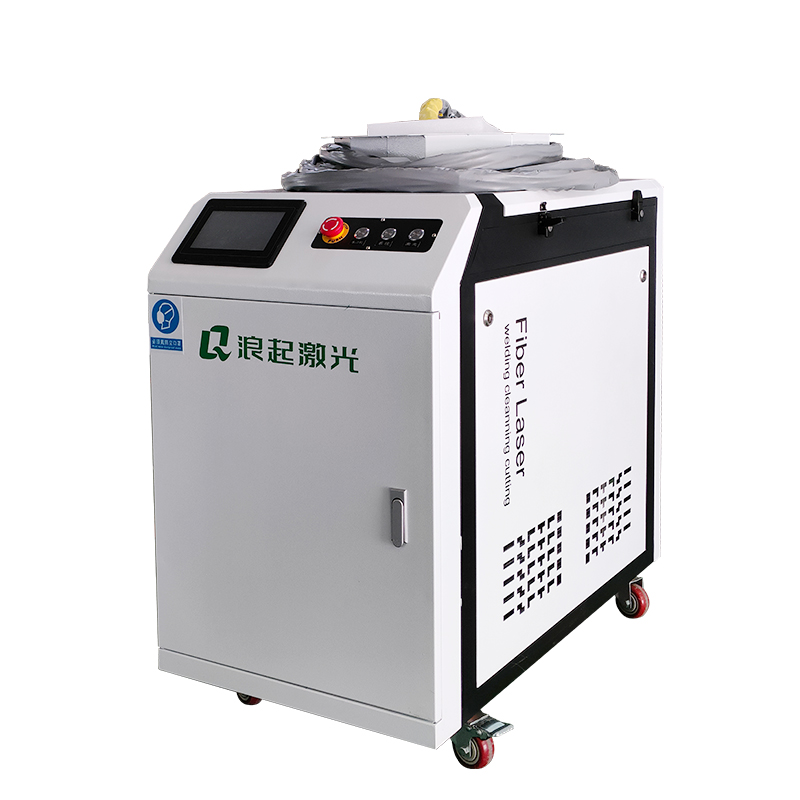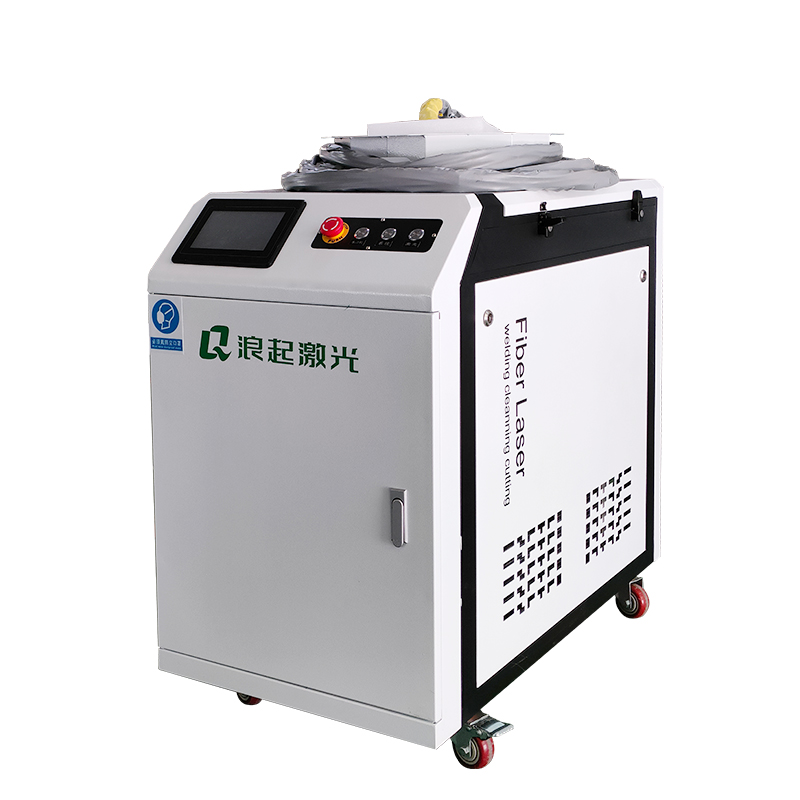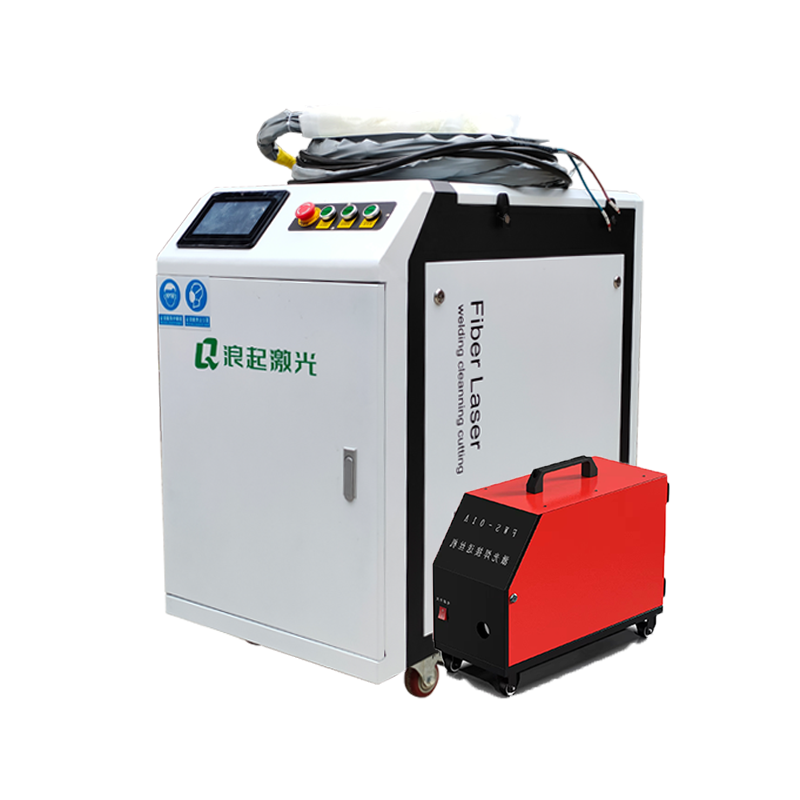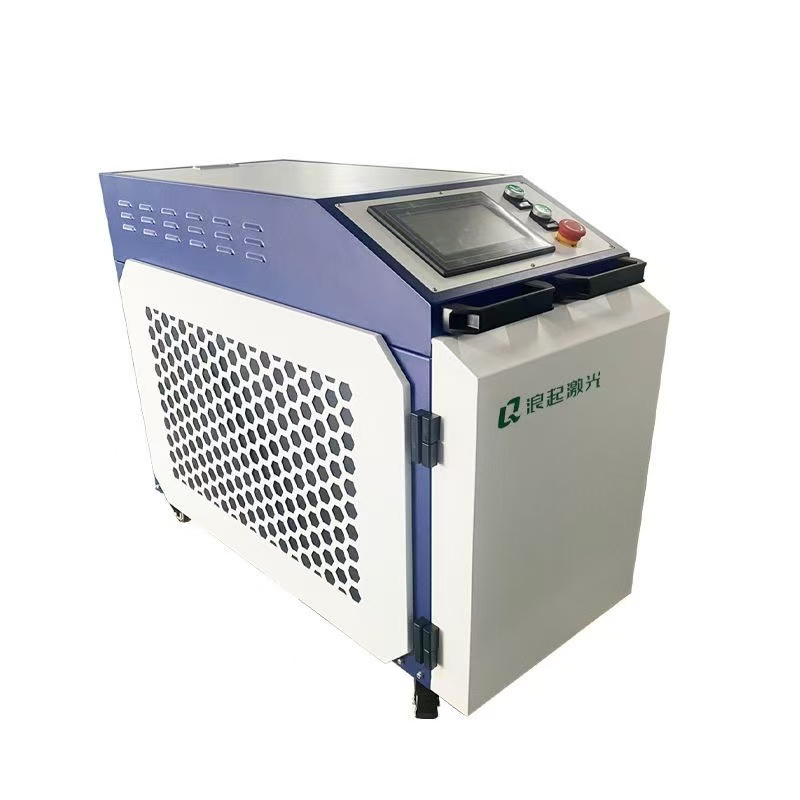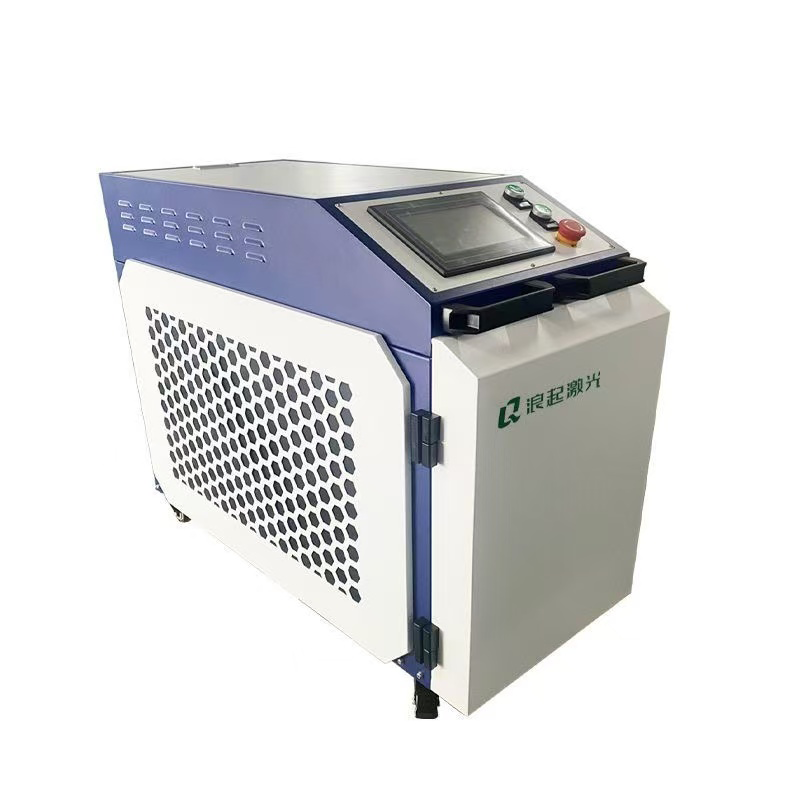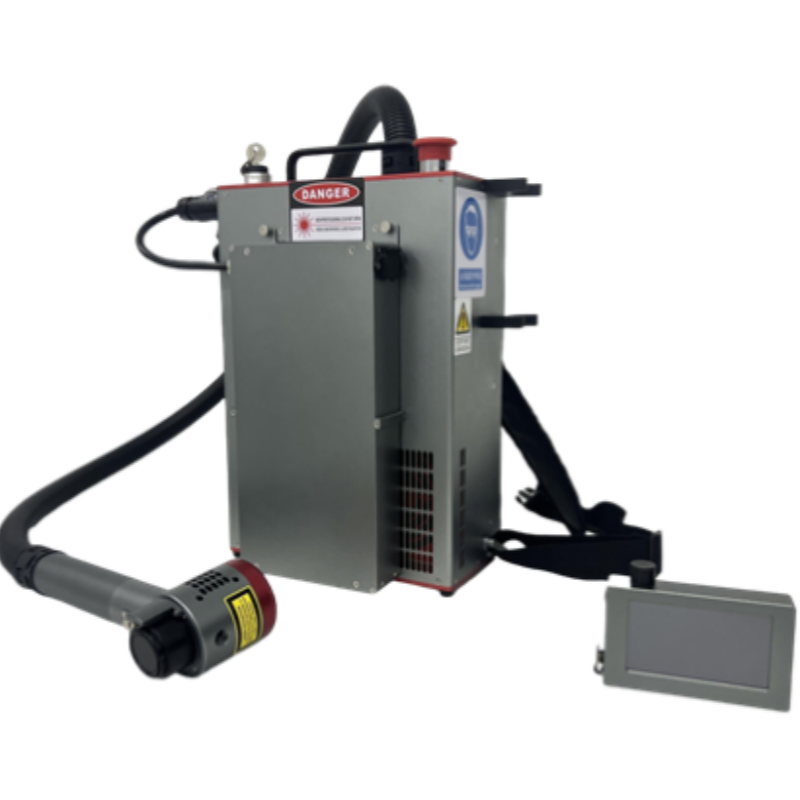Of course. This is an excellent question, as the selection of the gun head is one of the most critical factors determining the success, efficiency, and safety of a fiber laser system, whether for cleaning or welding.
The choice is not just about the gun head itself, but about the entire processing head assembly and how it integrates with your specific application requirements.
Here is a detailed breakdown to guide your selection.
Core Understanding: Cleaning vs. Welding
First, it's vital to understand the fundamental difference in the laser's interaction with the material in these two processes:
Laser Cleaning: The goal is to remove contaminants (rust, paint, oil, oxide layers) from a substrate without damaging the base material. This is typically done using short pulses (ns or ms) at high peak power to ablate or vaporize the surface layer. The process often requires fume extraction.
Laser Welding: The goal is to melt and fuse the base materials together. This requires continuous wave (CW) or modulated laser energy with deep penetration (keyhole welding) or conduction-limited heat input. It requires shielding gas (e.g., Argon, Nitrogen) to protect the molten pool from oxidation.
This fundamental difference dictates the design of the gun head.
Key Components of a Laser Processing Head
A "gun head" is more accurately called a laser processing head. It is an assembly that includes:
Collimator: Takes the diverging beam from the fiber and makes it parallel.
Focusing Lens: Focuses the parallel beam to a small spot on the workpiece. The focal length is crucial.
Nozzle: Directs assist gas (for welding) or helps with fume extraction (for cleaning).
Sensors: (Optional but highly recommended) CCD camera for vision, pyrometer for temperature monitoring, distance sensors for autofocus.
Connections: For water cooling, electrical signals, gas inlet, and purge air (to keep the lens clean).
Part 1: Selecting a Head for Laser Cleaning
The primary considerations for cleaning are spot size, portability, and fume management.
| Feature | Option 1: Handheld Cleaning Gun | Option 2: Robotic/CNC Cleaning Head | Option 3: Integrated Scanner Head |
|---|---|---|---|
| Description | Lightweight, ergonomic, pistol-grip design for manual operation. | Rugged, compact head designed to be mounted on a robot arm or CNC gantry. | Uses galvanometer scanners to move the laser beam at extremely high speeds without moving the head. |
| Best For | Large, complex, or irregular surfaces; on-site maintenance; low-volume, high-variety work. | Large, flat or simple-curved surfaces (e.g., ship hulls, steel plates); high-volume, repetitive tasks. | High-precision cleaning of patterns, specific areas (e.g., electronics, weld preps); very high speed. |
| Key Advantages | Flexibility and portability. Operator can easily clean hard-to-reach areas. | Automation. Consistent quality, high efficiency, and operator safety (no manual handling). | Unmatched Speed. Cleaning rates can be 10-100x faster than other methods for specific patterns. |
| Key Disadvantages | Inconsistent quality based on operator skill. Requires PPE and training. Slower for large areas. | High initial setup cost. Limited to the robot's or gantry's reach and path programming. | Limited working field (e.g., 100x100mm to 500x500mm). Generally not for large, contiguous areas. |
| Critical Specs | Spot Size: Adjustable (e.g., 2-30mm). Larger spot for large areas, smaller for precision. | Spot Size: Fixed or adjustable, typically larger for coverage. | Spot Size: Fixed and small (e.g., 50-200µm). Scan Speed: > 2-3 m/s. |
| Weight: Must be light (<2-3 kg). | Integration: Compatibility with robot flange (e.g., ISO 9409-1). | F-Theta Lens: Determines field size and spot quality. | |
| Fume Extraction: Integrated vacuum hose connection is MANDATORY. | Fume Extraction: Requires external hood or integrated suction. | Fume Extraction: Challenging; often requires an external enclosure. |
Cleaning Head Selection Verdict: Choose a handheld gun for flexibility, a robotic head for automated large-scale cleaning, and a scanner head for ultra-fast, high-precision selective cleaning.
Part 2: Selecting a Head for Laser Welding
The primary considerations for welding are depth of penetration, shielding gas coverage, and process monitoring.
| Feature | Option 1: Handheld Welding Gun | Option 2: Robotic Welding Head | Option 3: Wobble/Oscillation Welding Head |
|---|---|---|---|
| Description | Ergonomic gun for manual "laser Tig-like" welding. Often uses a "filler material" add-on. | Standard fixed optic head mounted on a robot. The beam is stationary, and the robot moves. | An advanced robotic head with internal mirrors that oscillate (wobble) the beam in a programmed pattern (circle, infinity, line). |
| Best For | Repair work, prototyping, welding in difficult fixtures, low-volume job shops. | High-volume production (e.g., automotive, consumer electronics). Deep penetration welds. | Bridging gaps, improving weld seam appearance, avoiding imperfections (porosity, undercut), Aluminium welding. |
| Key Advantages | Ease of use. Operators with TIG experience adapt quickly. Great for accessibility. | Speed, precision, and repeatability. Ideal for automated production lines. | Greatly improved process window. More forgiving of joint fit-up issues. Creates wider, stronger welds. |
| Key Disadvantages | Weld quality depends on operator skill. Not for deep penetration keyhole welding. | Requires perfect joint preparation and fit-up. Very small gap tolerance. | Higher cost than a standard robotic head. More complex programming. |
| Critical Specs | Shielding Gas: Integrated gas nozzle is critical. | Focal Length: Longer FL (150-300mm) provides better stand-off distance from spatter. | Oscillation Parameters: Amplitude (e.g., 0-4mm), Frequency (e.g., 10-1000Hz). |
| Spot Size: Typically larger for conduction-mode welding. | Collimation: Adjustable collimation to change spot size and depth of focus. | Integrated Seam Tracking: (Optional) A huge advantage for complex parts. |
Welding Head Selection Verdict: Choose a handheld gun for manual repair work, a standard robotic head for proven, high-speed applications with perfect parts, and a wobble head to solve challenges with gap bridging, material variability, and achieving flawless welds on sensitive products.
Integrated Combination Machines: Can One Head Do Both?
Some machines are marketed as "cleaning and welding" combos. This is possible but comes with compromises.
How it works: The system uses one laser source but often has two separate, interchangeable processing heads. The operator swaps the head for the task.
The Compromise: A cleaning head is optimized for a large, defocused spot and fume extraction. A welding head is optimized for a small, focused spot and gas shielding. No single head is optimal for both tasks.
"Combo" Head Possibility: Some heads offer a "cleaning mode" by defocusing the beam and turning off the shielding gas. The results are often mediocre compared to a dedicated cleaning head with proper fume extraction. It can work for light, localized cleaning (e.g., cleaning a weld seam before a second pass) but not for serious surface preparation.
Summary: Selection Checklist
Answer these questions to guide your choice:
What is the primary application? (70% welding / 30% cleaning, or 50/50?)
What is your production method?
Manual operation? -> Handheld Gun
Automated, robotic cell? -> Robotic Head (Standard or Wobble)
High-speed, precision patterning? -> Scanner Head (Cleaning)
For Cleaning:
What is the contaminant and substrate?
What area needs to be covered? (Small precision parts vs. entire hulls)
How will you extract the toxic fumes? (This is a safety must-have)
For Welding:
What materials and thicknesses?
What is the joint fit-up quality? (Perfect -> Standard Head, Poor -> Wobble Head)
Is seam tracking required?
Budget: Handheld < Standard Robotic < Wobble/Scanner Heads.
Final Recommendation: For serious professional use, purchase dedicated heads for each process. The performance and results will be far superior. If you must have a combination machine, ensure it comes with two separate, optimized heads that are easy to change. Always prioritize the head that matches your primary application.

